
Pranjul Singh
@pranjul8765
Postdoc @UCSF (sensory motor transformation) | Ph.D. @IITKanpur (mosquito olfactory system) | An aspiring neuroscientist and a dog person
ID: 3258828223
28-06-2015 10:45:17
169 Tweet
167 Followers
128 Following

We partnered with Loren Frank HHMI Lab UC San Francisco to deliver Spyglass, an open-source framework that promotes data shareability and reproducibility. Read our blog post to learn how we added a MySQL sidecar for storing neurophysiological data in the cloud. 2i2c.org/blog/2024/hhmi…
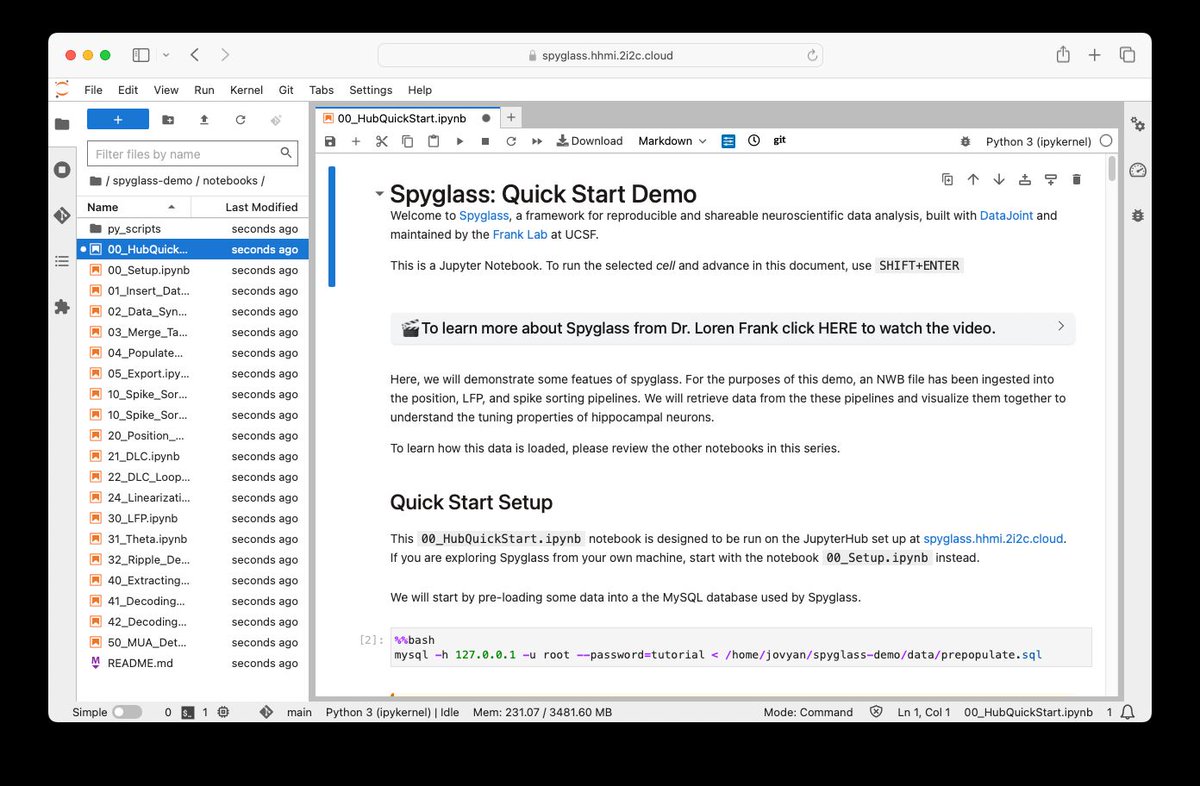

🚀 Massive announcement 🚀 So excited to share that I am joining National Centre for Biological Sciences to start a research program on the neuroscience of action, cognition and timing this September!🧠🔁🏃🏾♀️ There are a million feelings & countless people to thank. This will be LONG: Buckle up! 🥁🚂🧵

Indian neuroscience community just got a massive upgrade! Abhilasha (Abhilasha Joshi, PhD) is an amazing scientist and a wonderful person! ❤️

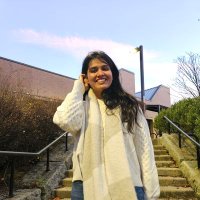
Very happy to finally have THE major chunk of my PhD out! Tata Institute of Fundamental Research Grateful to all the coauthors for their amazing contribution to this work. Key highlights of the paper from Vidita Vaidya quoted below. But there are some side nuggets also - summarizing in a thread here:

Beyond grateful to share two co-first author papers that came out in nature!! With Amit Vinograd, we provide causal evidence for a line attractor in the mammalian brain! And with Mengyu Liu 刘孟宇, we show that line attractors might be a common mechanism for emotions beyond anger!


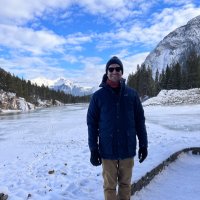
Need a power/sample size calculation for a study or upcoming grant? Led by Emil Hodzic-Santor, we built a simple, free, and pain-free (!) shiny app. feedback welcome plz share with interested parties. check it out: powercalc.ca 🦾🤓 Michelle Sholzberg Kieran Campbell Lianne Jeffs
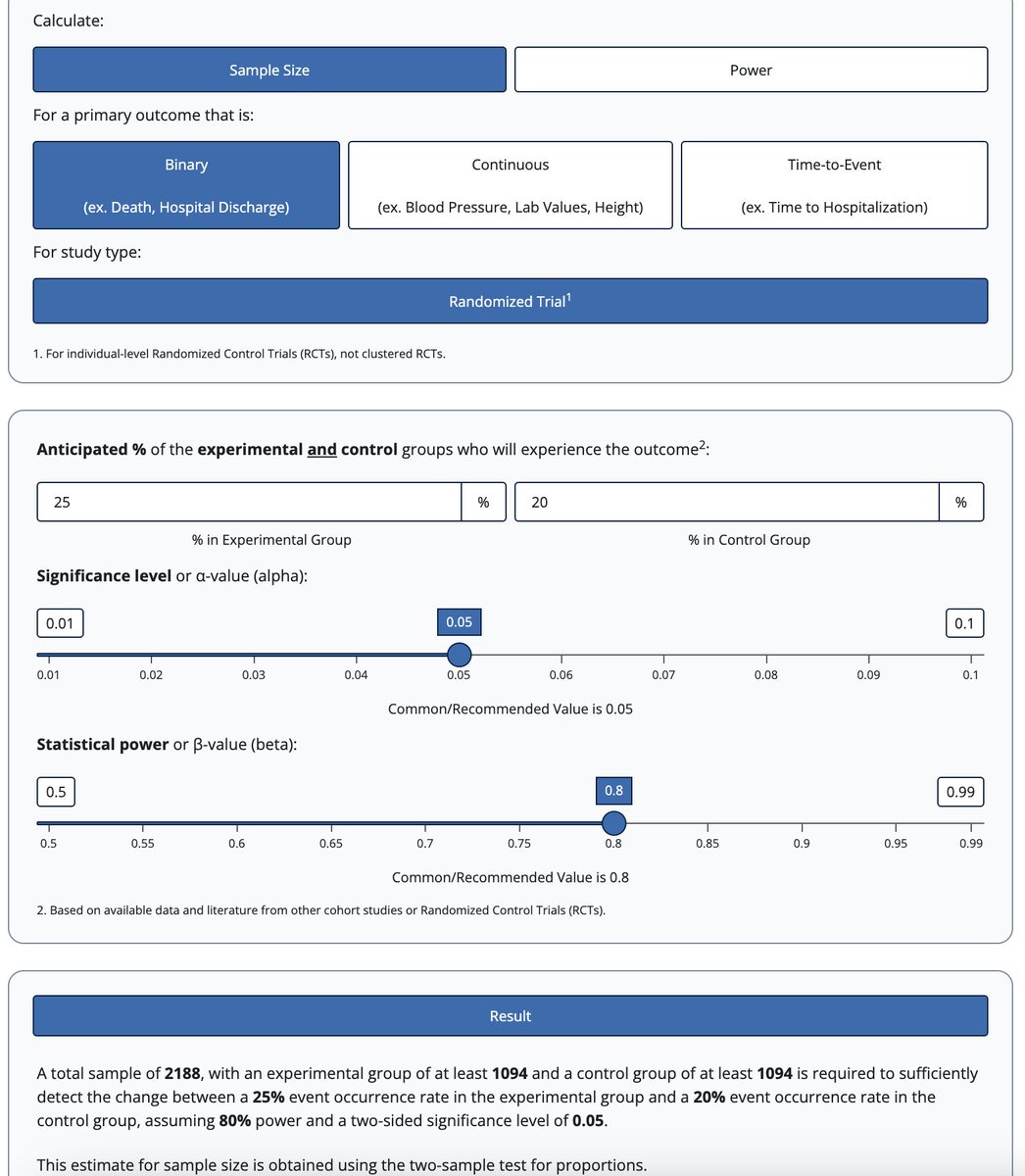
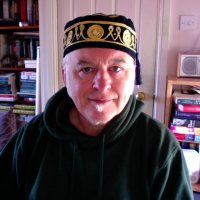




Shubha Tole (she/her), neuroscientist Tata Institute of Fundamental Research is set to head the International Brain Research Organisation IBRO - International Brain Research Organization, making her the first president to be elected from a developing country



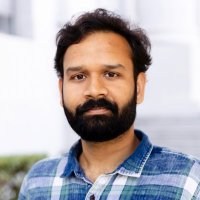
Healthy #microglia are essential, but their ability to switch from an #inflamed to a healthy state is transformative. In #glaucoma model, we reveal how this shift occurs in the optic nerve, driven by a small lipid mediator. Check out my postdoc work published in Molecular Neurodegeneration 1/3
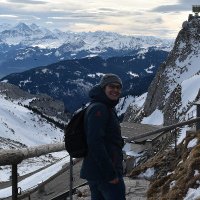

What if you could target brain regions important for recovery after spinal cord injury with DBS? Can you say hypothamamus? Guess what Cho and colleagues from Switzerland did just that in a brilliant new paper Nature Medicine. Key Points: - People don't think about it, but guess





